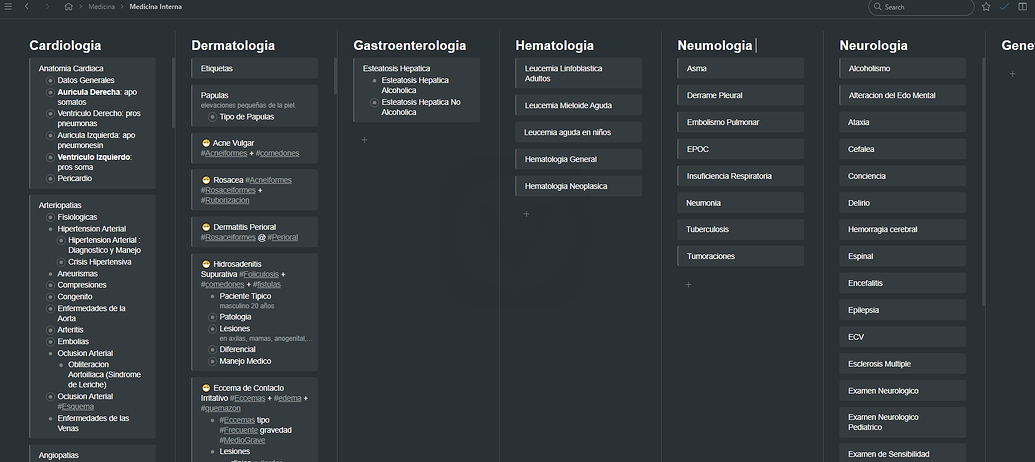

This is probably wrong, since I tend to shift tasks a lot then, and I treat the ‘due date’ with much less importance than it deserves. I use due dates both for real-world deadlines and self-imposed deadlines. I use new tags only after careful consideration. Since I use projects to distinguish areas in which the tasks fall, I tend to use tags to distinguish what kind of task it is.Ĭurrently, I only use this consistently for programming-related activities ( +bug, +rfe, +test, etc.), but I plan to expand that in the future. Project examples include Work.Tickets, Home or.

Project hierarchy corresponds to different areas of my life, and I use subprojects a lot. I have a default.project set to Inbox, where every task goes initially, unless I assign its particular project directly when adding it. Nevertheless, in the past I did use sync. bashrc.Ĭurrently, I am using only one laptop, so I am not using sync. This is achieved by setting alias habit="task rc.data.location=~/.habit" in my. I use a separate Taskwarrior database for tracking of my daily habits. My list is mainly things I don’t want to forget, not a list of things I need to do today.I color the Documentation and Performance keywords, and the +bug tag. I use a few keyword-based color rules so that groups of things I care about stand out in lists.I use start and stop to indicate what I am currently working on, so I can remember where to pick up the next day.I use dependencies when there are several related tasks and a clear sequence, but there aren’t that many.I don’t use due dates unless there really is a hard, real-world due date.I have not yet developed good review habits, so it happens less often that it should. I use a new review feature in tasksh, which is not completed yet but is proving effective already. I think priority is a fluid thing, shifting a lot, and having these values assigned just means a lot of maintenance work. I did use them, but found that I spent too much time fiddling with the values. This is because I prefer to look at shorter lists. I rely on sync, next and virtual tags a lot. The other is also an on-add hook that warns me when I add a task without a project. One is an on-add hook script that converts tw-179 to. I use project hierarchies ( tw, tw.242, tw.250, …) so I can look at projects at different levels. I don’t have any of my own custom reports. The next report doesn’t yield surprises, so I can rely on it. I use the next report most often, and have tweaked the coefficients to represent my definition of urgent. I am one of several people using that Taskserver. I use Taskserver, set up on a VPS, to sync two clients, a laptop and desktop. Taskwarrior was mostly developed using Taskwarrior to track features and bugs.
Workflowy kanban software#
I mostly use it for software development projects, but there are some other projects including training. I’d like an easy to deploy kanban like project visualization tool. I have my tasks sorted by projects and priority, so I’ll seek the project that needs to advance and check the most important task for that. I usually use task to see what’s in progress and continue doing that.


 0 kommentar(er)
0 kommentar(er)
